

Articles
How To Treat Burns From Hot Pot
Modified: January 4, 2024
Effective articles on how to treat burns from hot pot - learn simple and practical tips to soothe and heal burns caused by hot pot accidents.
(Many of the links in this article redirect to a specific reviewed product. Your purchase of these products through affiliate links helps to generate commission for Storables.com, at no extra cost. Learn more)
Introduction:
Burning yourself while handling hot pots or pans is a painful and common kitchen mishap that many of us have experienced. Whether it’s a slight scorch from accidentally touching the hot handle or a more serious burn from coming into direct contact with boiling liquid, knowing how to treat burns can make a significant difference in the healing process and relieve discomfort.
In this article, we will explore the different types of burns that can occur from hot pots, pans, or other sources, and provide comprehensive guidance on how to treat them effectively. By understanding the severity of the burn and implementing appropriate first aid measures, you can promote healing, minimize pain, and prevent complications.
Please note that while these tips provide helpful guidance for minor burns, it is always advisable to consult a healthcare professional for more severe burns or if you are unsure about the appropriate course of action.
Now, let’s dive into the different types of burns that can result from hot pot accidents.
Key Takeaways:
- Properly assess burn severity and follow initial treatment steps to alleviate pain, prevent infection, and promote healing for first and second-degree burns from hot pot accidents.
- Seek immediate medical attention for third-degree burns, prevent infection, and consult healthcare professionals for severe burns, signs of infection, or uncertainty about burn severity.
Read more: How To Treat A Trampoline Burn
Understanding the Different Types of Burns:
Before delving into treatment options, it’s crucial to understand the various types of burns that can result from hot pot accidents. Burns are typically categorized into three degrees based on their severity:
- First-Degree Burns: These are superficial burns that only affect the outermost layer of the skin, known as the epidermis. They often cause redness, swelling, and mild to moderate pain. First-degree burns can be compared to a sunburn and usually heal within a week or two.
- Second-Degree Burns: These burns are deeper, affecting both the epidermis and the underlying layer of skin, known as the dermis. They result in redness, swelling, blistering, and severe pain. Second-degree burns may take several weeks to heal and can leave behind scars.
- Third-Degree Burns: The most severe type of burn, third-degree burns penetrate all layers of the skin and can even affect underlying tissues, muscles, or bones. They may appear black, brown, white, or charred and often result in numbness due to nerve damage. Third-degree burns require immediate medical attention and may necessitate grafting or surgery for proper healing.
When it comes to burns from hot pot accidents, most injuries tend to be first or second-degree burns. However, it’s crucial to assess the severity of the burn to determine the appropriate course of action and treatment.
Next, we’ll discuss how to assess the severity of a burn and the initial steps you should take when dealing with a burn injury.
Assessing the Severity of the Burn:
Properly assessing the severity of a burn is essential for determining the appropriate treatment and whether medical attention is necessary. Here’s a step-by-step guide for assessing burn severity:
- First-Degree Burns: These burns are usually characterized by redness, mild swelling, and pain. The skin may appear dry and could peel as it heals. These burns typically don’t require medical attention unless they cover a large area, such as the face or a joint, or if the pain is severe.
- Second-Degree Burns: Second-degree burns are more serious and can be identified by redness, swelling, blistering, and intense pain. In some cases, the blisters may burst, leaving the skin open and susceptible to infection. If the burn is smaller than three inches in diameter, it can usually be treated at home with proper care. However, if the burn is larger, affects the face or a joint, or if you notice signs of infection, seek medical attention immediately.
- Third-Degree Burns: These burns require immediate medical attention. They are characterized by a white, blackened, or charred appearance and often result in numbness due to nerve damage. It’s important not to apply any home remedies or ointments to third-degree burns, as they require specialized medical care to promote proper healing and prevent infection.
Remember, if you’re unsure about the severity of a burn or if there are any complicating factors, it’s best to seek medical advice. A healthcare professional will be able to accurately assess the burn and provide appropriate treatment recommendations.
Next, we’ll discuss the initial steps you should take when dealing with a burn injury to provide immediate relief and minimize further damage.
Initial Steps for Treating Burns:
When faced with a burn injury, taking immediate action can help reduce pain, prevent further damage, and promote healing. Here are the initial steps to take when treating burns:
- Remove the source of heat: If you haven’t already done so, remove the hot pot, pan, or any other source of heat from the affected area to prevent further injury.
- Cool the burn: Hold the burned area under cool (not cold) running water for at least 10-20 minutes. Alternatively, you can apply a cool, damp cloth to the burn. Cooling the burn helps to reduce pain and prevent the burn from spreading deeper into the skin.
- Avoid ice or very cold water: While it may be tempting to use ice or very cold water to alleviate the pain, these can cause further damage to the burned skin. Stick to cool, room temperature water instead.
- Protect the burn: Once the burn has been cooled, cover it with a clean, non-stick dressing or cloth to protect it from dirt and bacteria. Avoid using adhesive bandages directly on the burn, as they may stick to the skin and cause further pain when removed.
- Take over-the-counter pain relievers, if necessary: If you’re experiencing moderate to severe pain, you can take over-the-counter pain relievers such as acetaminophen or ibuprofen. Remember to follow the recommended dosage instructions and consult a healthcare professional if you have any concerns or underlying medical conditions.
These initial steps help to provide immediate relief and minimize the damage caused by the burn. However, the specific treatment approach will vary depending on the severity of the burn, which we will discuss in detail in the following sections.
Next, we’ll focus on treating first-degree burns and the steps you can take to promote healing.
Treating First-Degree Burns:
First-degree burns, characterized by redness, mild swelling, and pain, are relatively minor and can often be treated at home. Here are the steps to follow when treating first-degree burns:
- Cool the burn: As mentioned earlier, immediately cool the burn under cool running water for 10-20 minutes or apply a cool compress to alleviate pain and reduce inflammation.
- Do not pop blisters: If blisters form, it’s essential not to pop them as they act as a protective barrier against infection. If the blister bursts on its own, clean the area gently and apply a sterile dressing.
- Apply a soothing ointment or gel: After cooling the burn, you can apply a thin layer of over-the-counter burn ointment or aloe vera gel to soothe the skin and promote healing. Look for products that contain ingredients like aloe vera, lidocaine, or petroleum jelly.
- Cover the burn with a sterile dressing: Once you have applied the ointment or gel, cover the burn with a sterile, non-stick dressing to protect it from dirt and bacteria. Change the dressing daily or as needed, ensuring the burn remains clean and dry.
- Take over-the-counter pain relievers, if necessary: If you experience discomfort or pain, you can take over-the-counter pain relievers. Follow the recommended dosage instructions and consult a healthcare professional if you have any concerns.
It’s important to note that first-degree burns usually heal within a week or two. During the healing process, do not pick at any peeling skin or apply adhesive bandages directly on the burn, as this can delay healing and increase the risk of infection.
If the burn does not show signs of improvement after a few days or if it becomes more painful, swollen, or shows signs of infection, it’s advisable to consult a healthcare professional for further evaluation and guidance.
Next, we’ll explore the treatment approach for second-degree burns.
Read more: How To Treat Grass Burn On Skin
Treating Second-Degree Burns:
Second-degree burns are more severe than first-degree burns and often require a bit more attention and care. If you have a second-degree burn, follow these steps for proper treatment:
- Cool the burn: Run the burn under cool water for 10-20 minutes or apply a cool compress to help relieve pain and reduce inflammation.
- Gently clean the burn: Use mild soap and water to gently clean the burn. Avoid scrubbing or rubbing the area, as this can cause further damage or pain.
- Do not pop blisters: If blisters form, it is crucial not to pop them. Popping the blisters increases the risk of infection and slows down the healing process.
- Apply a sterile dressing: After cleaning the burn, apply a sterile, non-stick dressing to protect the area and prevent infection. Change the dressing daily or as needed, ensuring the burn remains clean and dry.
- Use antibiotic ointment: For second-degree burns, it may be appropriate to apply an over-the-counter antibiotic ointment to the burn before dressing it. This can help protect against infection.
- Take over-the-counter pain relievers: If you experience pain, you may take over-the-counter pain relievers, such as acetaminophen or ibuprofen, following the recommended dosage instructions.
- Monitor for infection: Keep a close eye on the burn for any signs of infection, such as increased redness, swelling, or discharge. If you suspect an infection, seek medical attention promptly.
As second-degree burns are deeper and more extensive than first-degree burns, they may take longer to heal, and there is a risk of scarring. It’s essential to monitor the burn closely and seek medical attention if it shows signs of worsening or fails to heal within a reasonable time frame.
If the burn covers a large area, is located on the face, hands, feet, or genitals, or if you notice signs of infection, it is recommended to seek immediate medical attention to ensure appropriate care and prevent complications.
In the case of more severe third-degree burns, it is crucial to seek professional medical attention immediately. These burns require specialized care and may need surgical intervention for proper healing.
In the next section, we’ll discuss the importance of seeking medical attention for third-degree burns and how to prevent complications.
Immediately run the burned area under cool water for 10-15 minutes to reduce pain and swelling. Avoid using ice, as it can further damage the skin.
Seeking Medical Attention for Third-Degree Burns:
Third-degree burns are the most severe and require immediate medical attention. If you or someone else has suffered a third-degree burn, here’s what you need to know:
- Call for emergency assistance: Dial your local emergency number or seek immediate medical help if a third-degree burn has occurred. These burns are extensive and can be life-threatening.
- Do not attempt self-treatment: Third-degree burns penetrate multiple layers of skin and often require specialized medical care. It is essential not to apply any ointments, creams, or home remedies to the burn as this can interfere with the healing process and increase the risk of infection.
- Prevent shock: Third-degree burns can cause shock, a life-threatening condition that occurs when the body’s organs and tissues do not receive enough blood flow. Lay the person flat, elevate the feet if possible, and cover them with a clean, dry blanket or clothing to help prevent shock.
- Keep the person warm: Cover the burned area with a clean, dry cloth or sterile bandage to protect it from further damage. It is crucial to keep the person warm, but avoid overheating.
- Stay with the person until medical help arrives: Reassure the person and keep them calm while waiting for medical professionals to arrive.
Third-degree burns are severe injuries that require immediate professional medical care. Medical professionals will properly assess the burn, provide appropriate treatment, and potentially refer the individual to a burn center or specialist for further care.
Remember, do not attempt to treat third-degree burns at home. Prompt medical attention is essential for the best outcome and to minimize the risk of complications.
Next, we’ll discuss some additional tips for managing burn pain and promoting healing.
Additional Tips for Managing Burn Pain:
Dealing with burn pain can be challenging, but there are additional strategies you can employ to help manage the discomfort and promote healing. Here are some tips:
- Take over-the-counter pain relievers: Over-the-counter pain relievers, such as acetaminophen or ibuprofen, can help alleviate burn pain. Follow the recommended dosage instructions and consult with a healthcare professional if you have any concerns or underlying medical conditions.
- Use cool compresses: Applying cool compresses to the burn can provide temporary relief from pain and reduce inflammation. Ensure the compress is cool, not cold, and gently place it on the burn for short periods at a time.
- Avoid harsh fabrics or irritating materials: When dressing the burn, choose soft, non-stick dressings or sterile gauze pads to minimize irritation and discomfort. Avoid using materials that can stick to the burn or cause irritation, such as adhesive bandages.
- Keep the burn clean: Proper wound care is crucial in managing burn pain. Clean the burn gently with mild soap and water, pat it dry, and apply any prescribed topical medications or ointments as directed by a healthcare professional.
- Consider topical pain relief options: In some cases, a healthcare professional may recommend or prescribe a topical pain relief cream or medication specifically formulated for burn injuries. Follow the instructions provided by the healthcare professional and seek their guidance if you have any questions or concerns.
- Practice relaxation techniques: Engaging in relaxation techniques, such as deep breathing exercises, meditation, or guided imagery, can help distract from the pain and promote a sense of calm and well-being.
- Consult a healthcare professional: If the pain persists or worsens despite these measures, or if there are signs of infection, it’s important to consult a healthcare professional for further evaluation and treatment options.
Remember that managing burn pain is an important aspect of the healing process. By employing these additional tips and seeking appropriate medical guidance, you can help alleviate discomfort and support the body’s natural healing mechanisms.
Next, we’ll explore how to prevent infection and promote healing for burns.
Preventing Infection and Promoting Healing:
Preventing infection is crucial when it comes to treating burns, as it can significantly impact the healing process. Here are some steps you can take to prevent infection and promote healing:
- Keep the burn clean: Clean the burn gently with mild soap and water to remove any dirt, debris, and bacteria. Avoid scrubbing the area, as this can further damage the skin.
- Apply a sterile dressing: After cleaning the burn, apply a sterile, non-stick dressing to protect it from external contaminants. Change the dressing regularly or as advised by a healthcare professional.
- Use prescribed topical antibiotics, if recommended: In some cases, a healthcare professional may prescribe topical antibiotics to prevent infection. Follow their instructions and use the medication as directed.
- Avoid popping blisters: If blisters form, resist the temptation to pop them, as this increases the risk of infection. Keep them intact, as they act as natural protective barriers for the healing process.
- Maintain good hygiene: Wash your hands thoroughly before applying any ointments or changing dressings to minimize the risk of introducing bacteria to the burn.
- Avoid exposing the burn to dirty or contaminated environments: Keep the burned area covered when going outdoors or engaging in activities that may expose it to dirt, dust, or other potential sources of infection.
- Avoid tight clothing or materials that can irritate the burn: Choose loose-fitting clothing made of soft, breathable fabrics to prevent irritation and promote airflow around the burn.
- Stay hydrated and eat a balanced diet: Proper nutrition and hydration are essential for overall healing. Stay hydrated and consume a diet rich in nutrients, vitamins, and minerals to support the healing process.
- Follow up with healthcare professionals: Attend scheduled follow-up appointments with healthcare professionals to track the progress of the burn and ensure proper healing.
By taking these precautions and following good hygiene practices, you can minimize the risk of infection and support the healing process for burns.
Next, we’ll discuss when it is necessary to consult a healthcare professional for burn injuries.
Read more: How To Treat A Astro Turf Burn
When to Consult a Healthcare Professional:
While many burns can be effectively treated at home, there are situations where it is necessary to consult a healthcare professional. Here are some situations in which you should seek medical advice:
- Severe burns: If you or someone else has a severe burn, such as a third-degree burn or a burn that covers a large area of the body, immediate medical attention is required. Call for emergency assistance or visit the nearest emergency room.
- Signs of infection: If a burn shows signs of infection, such as increasing redness, swelling, warmth, pus, or a foul odor, it is crucial to seek medical attention. Infections can significantly hinder the healing process and lead to further complications.
- Failed improvement of the burn: If a burn does not show any signs of improvement after a few days or if it becomes more painful, swollen, or shows any concerning changes, consult a healthcare professional for further evaluation and guidance.
- Burns on sensitive areas: Burns on sensitive areas like the face, hands, feet, genitals, or joints require special attention. Seek medical advice to ensure proper treatment and minimize the risk of long-term complications.
- Pre-existing health conditions: If you have pre-existing health conditions or take medications that may affect the healing process, it’s important to consult a healthcare professional for personalized guidance on how to manage your burn.
- Uncertainty about the severity of the burn: If you are unsure about the severity of the burn or have any concerns, it is always better to err on the side of caution and seek medical advice. A healthcare professional can assess the burn and provide a proper diagnosis.
Remember, healthcare professionals are trained to evaluate and treat burns of varying degrees of severity. It’s always better to seek their expertise and guidance when in doubt, especially with more severe or complicated burn injuries.
Final Thoughts:
Knowing how to treat burns from hot pots is essential for everyone, as accidents can happen to anyone. By understanding the different types of burns, assessing their severity, and taking the appropriate steps for treatment, you can effectively manage burn injuries, relieve pain, prevent infection, and promote healing.
However, please remember that every burn is unique, and the information provided in this article should not replace professional medical advice. If you have any concerns or questions about treating a burn, consult a healthcare professional for personalized guidance and treatment recommendations.
Stay safe in the kitchen and be prepared to handle burn injuries should they occur. With proper care and attention, you can navigate through these incidents and aid in the healing process.
Conclusion:
Knowing how to effectively treat burns from hot pots is essential for everyone, as accidents can happen in the kitchen. By familiarizing yourself with the different types of burns, assessing their severity, and taking appropriate steps for treatment, you can promote healing, minimize pain, and prevent complications.
When dealing with burns, it’s important to remember that first-degree burns are relatively minor and can often be managed at home with simple first aid measures. Second-degree burns require more attention and may require medical assistance depending on their size and location. Third-degree burns, however, should always be treated as a medical emergency, and immediate professional care should be sought.
Initial steps for treating burns include removing the source of heat, cooling the burn with cool water, and protecting it with a non-stick dressing. For first and second-degree burns, additional steps like applying ointments, managing pain, and monitoring for infection are crucial.
Preventing infection is key for promoting healing, and maintaining good hygiene, using sterile dressings, and keeping the burn clean are essential practices to follow. Monitoring the burn for signs of infection, seeking medical attention when necessary, and following up with healthcare professionals are also vital steps in the healing process.
Remember, the information provided in this article is meant as a general guide, and it is always advisable to consult a healthcare professional for more severe burns, uncertain cases, or if you have any concerns about the appropriate course of action.
By being aware of the proper steps to take and seeking appropriate medical advice when needed, you can effectively manage burns from hot pots, promote healing, and ensure the best outcome for recovery.
Stay safe in the kitchen, follow safe cooking practices, and be prepared to handle burn injuries should they occur. With knowledge, care, and prompt action, you can navigate through these incidents and help in the healing process.
Frequently Asked Questions about How To Treat Burns From Hot Pot
Was this page helpful?
At Storables.com, we guarantee accurate and reliable information. Our content, validated by Expert Board Contributors, is crafted following stringent Editorial Policies. We're committed to providing you with well-researched, expert-backed insights for all your informational needs.

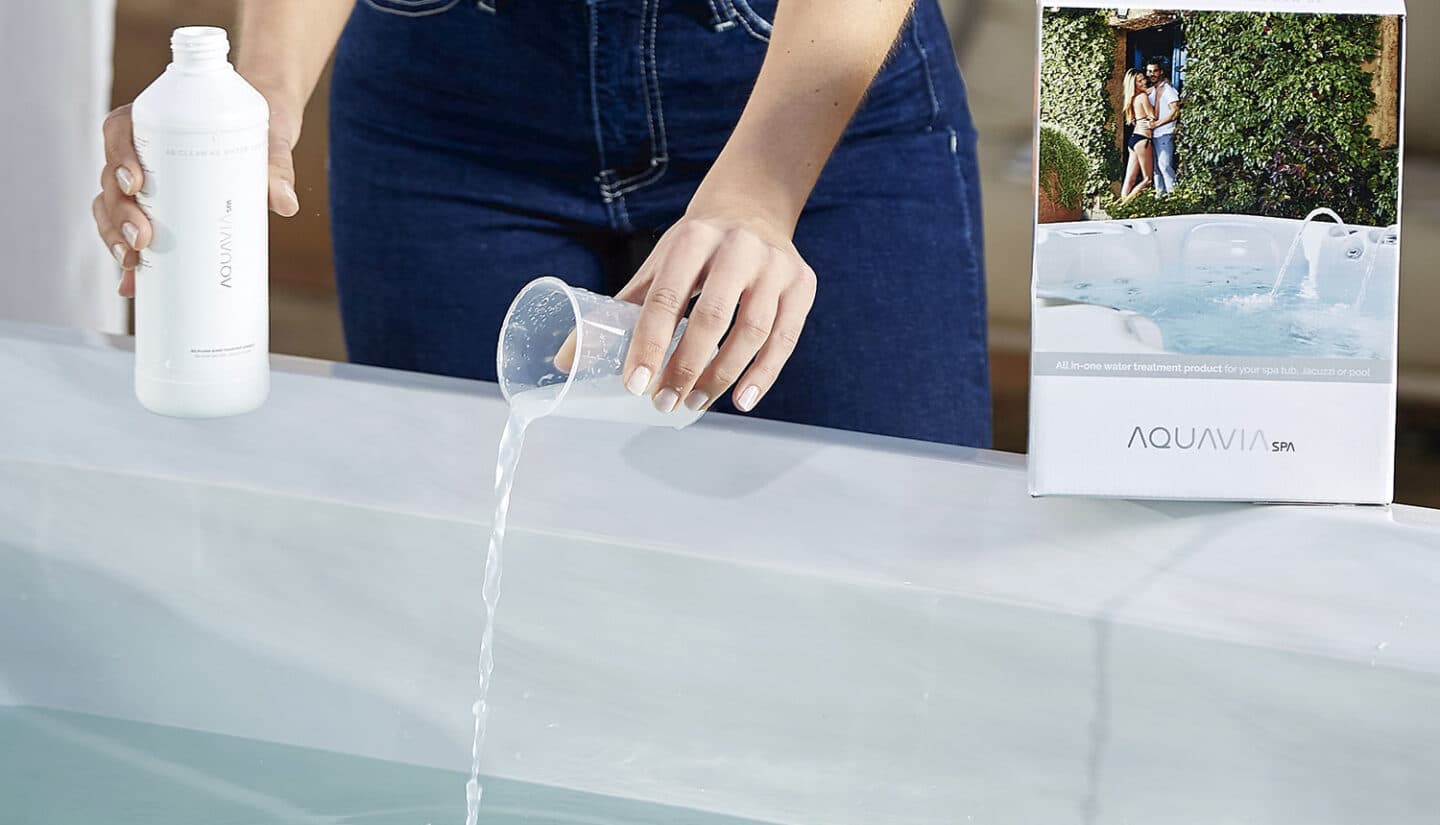
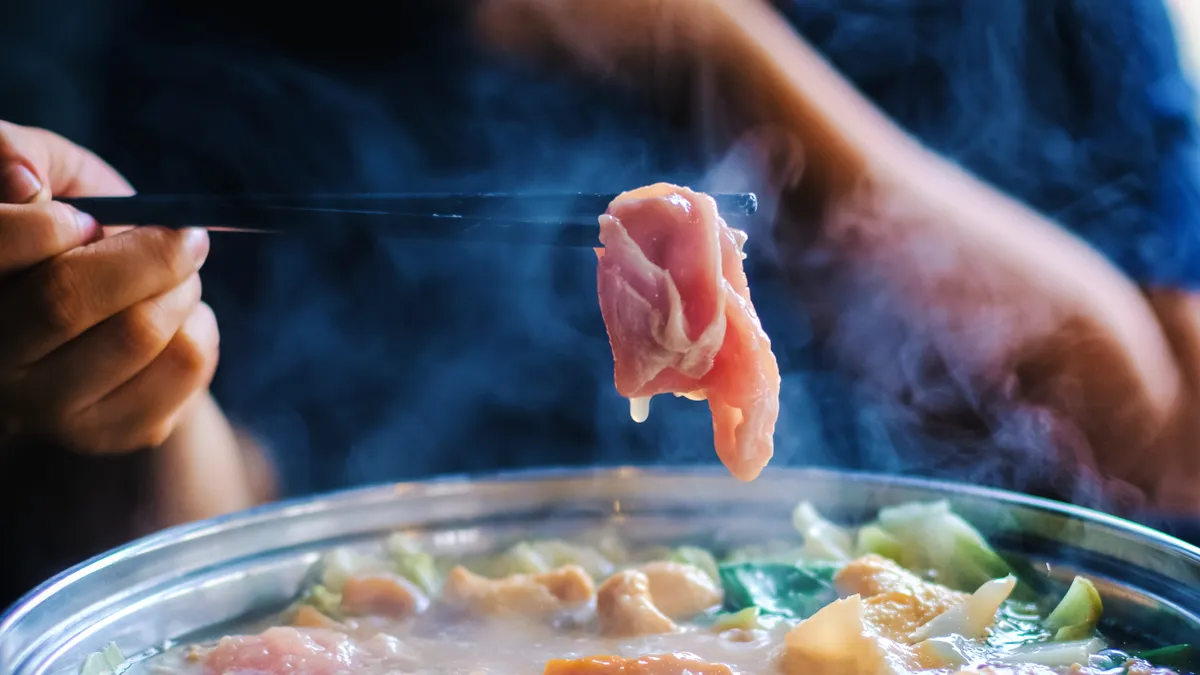
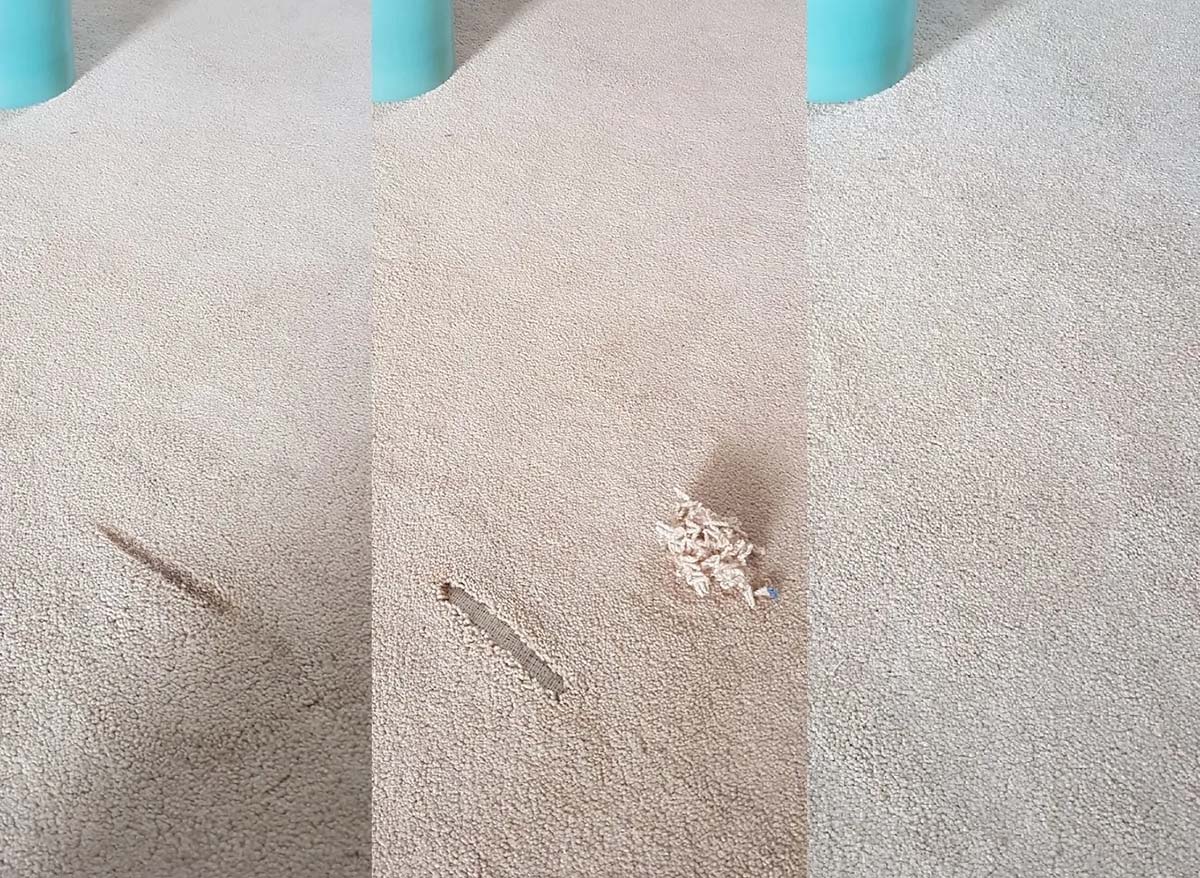







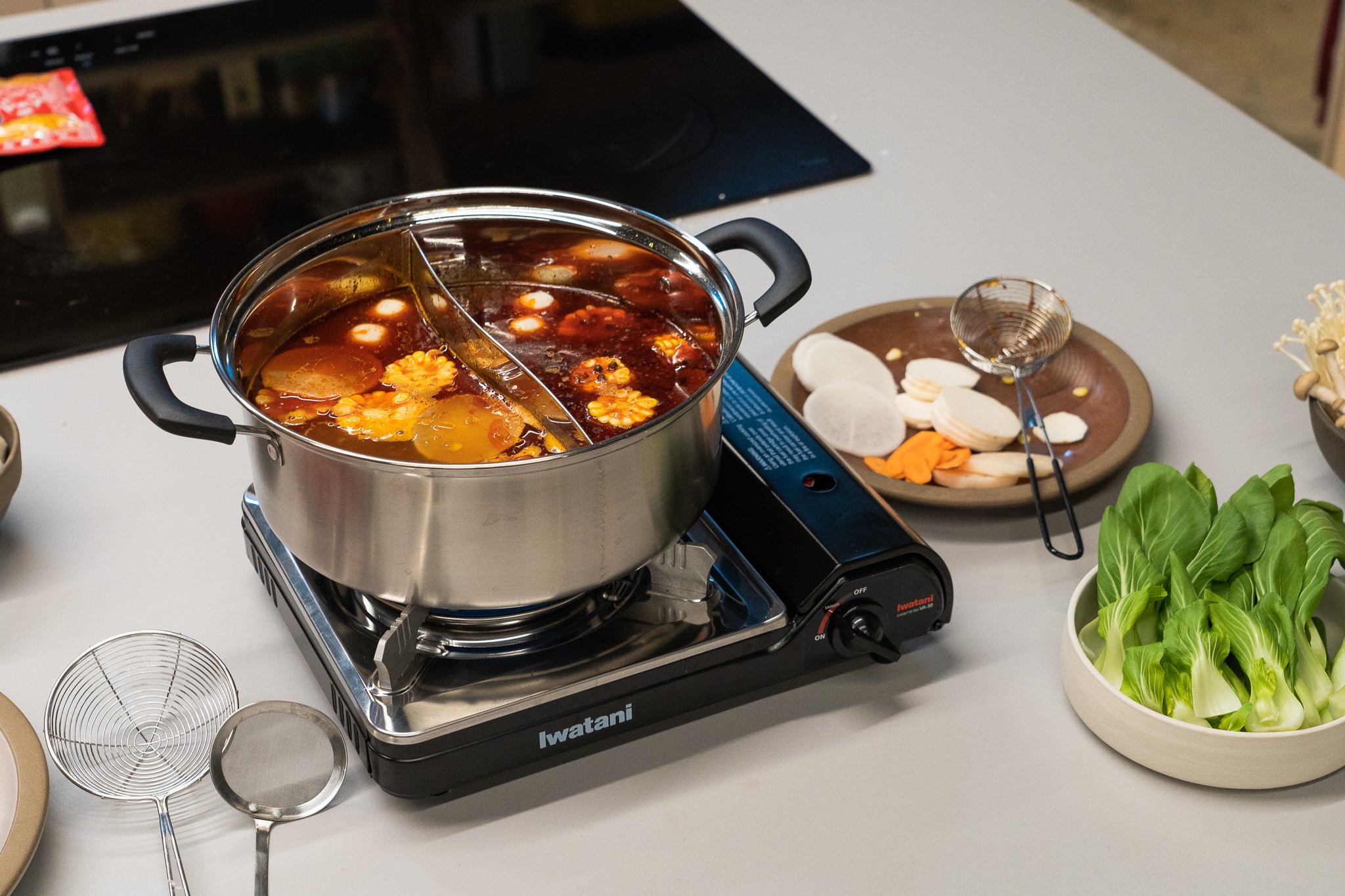
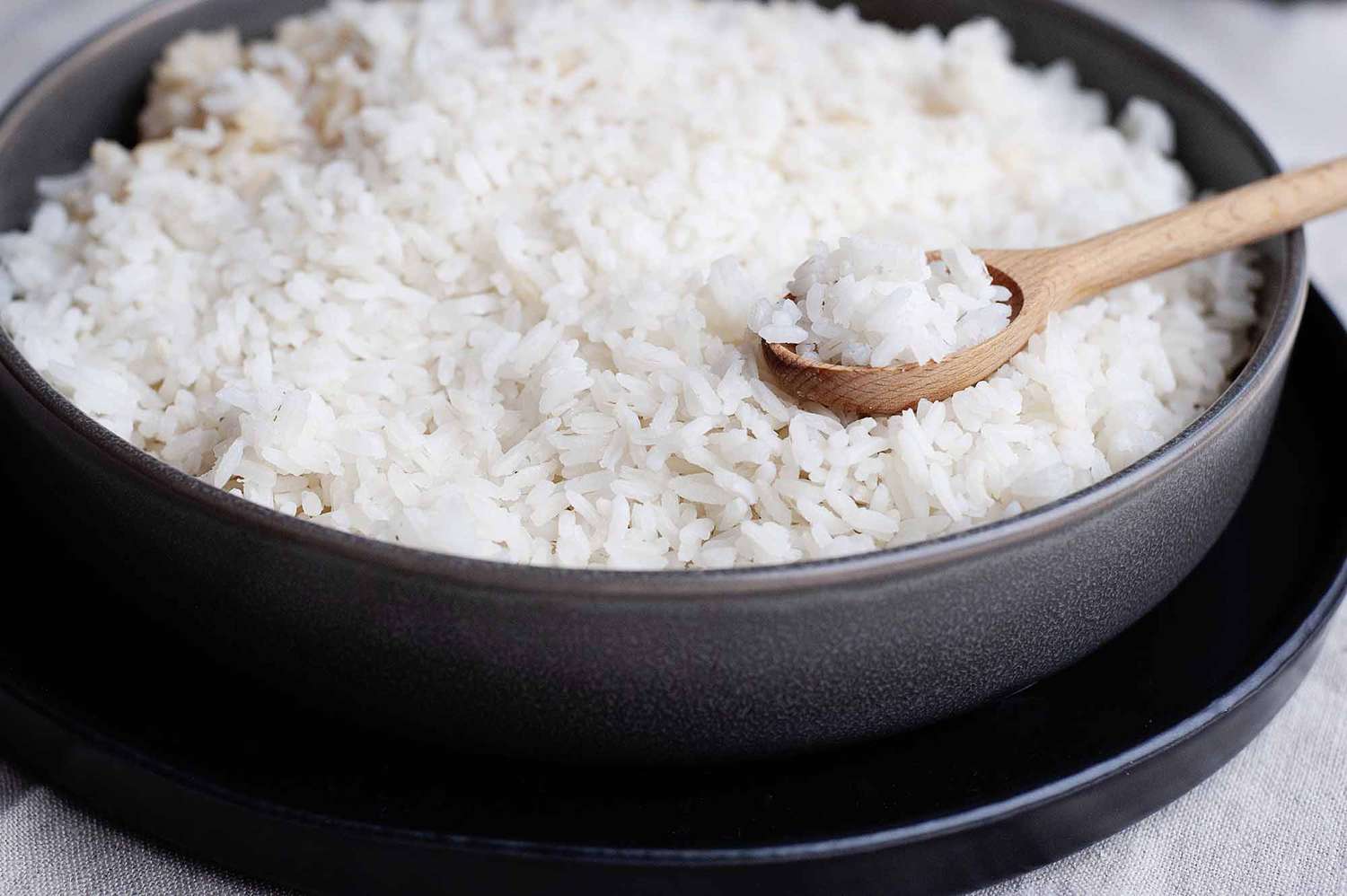

0 thoughts on “How To Treat Burns From Hot Pot”